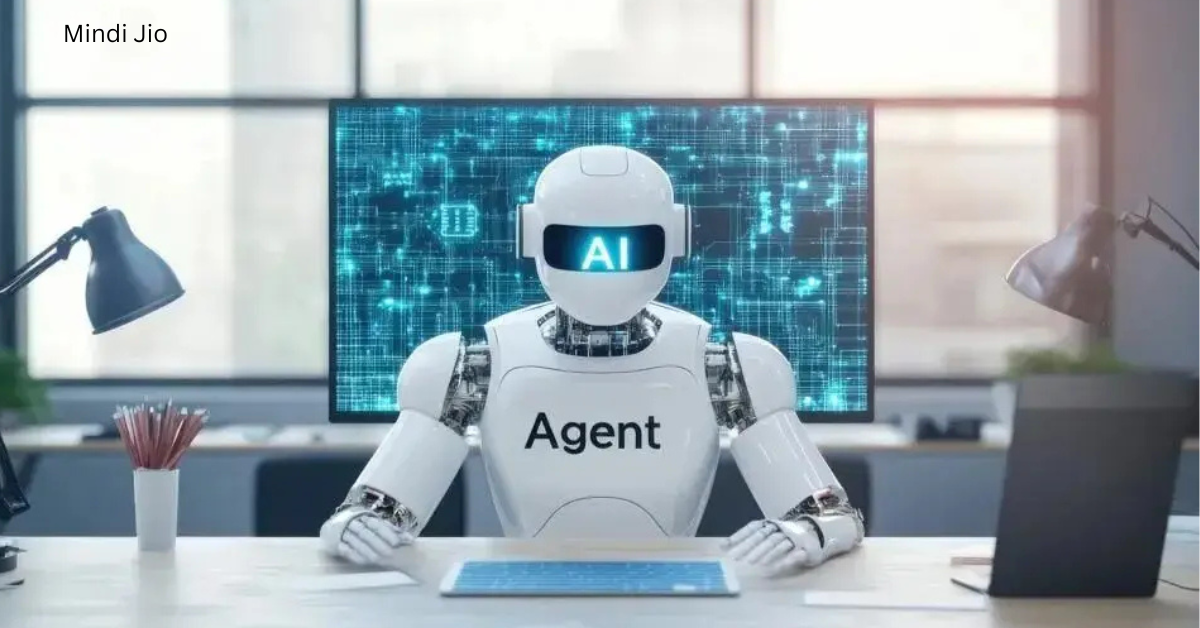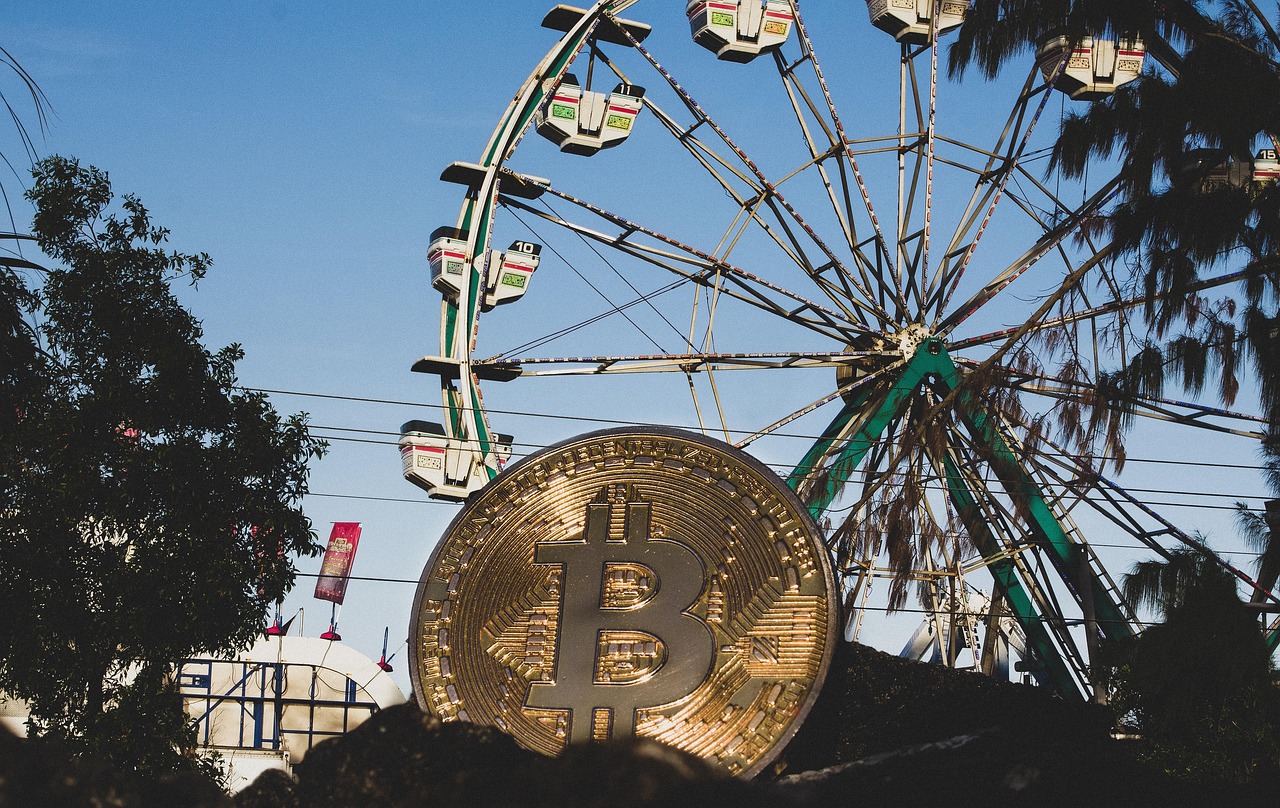AI Freelancers: The Future of Work or a Threat to Human Jobs?
Introduction
If you’ve been scrolling through freelancing platforms lately, you might have noticed something different. It’s not just writers, designers, and developers anymore. Now you’ll see accounts openly showcasing that the work is powered by artificial intelligence. From AI-generated logos to AI-written blog posts, the freelancing space is transforming right in front of our eyes. I have personally seen this shift happening. It feels like we’re stepping into a completely new chapter of the digital economy.
The question is simple but powerful. Are AI freelancers here to stay, or is this just a hype that will fade away once people realize the difference between human creativity and machine automation? Let’s break it down.

How AI Entered the Freelancing World
When ChatGPT, Jasper, and other AI tools hit the mainstream, many freelancers felt both excitement and fear. On one hand, these tools made tasks faster. On the other, they sparked anxiety that clients would prefer cheaper, AI-powered services instead of hiring humans.
I remember talking to a content writer who said, “Clients now ask me directly if I’m using AI in my work.” That single question shows the dramatic shift happening in freelancing. It’s no longer about skill alone. It’s about transparency and how you use technology in your process.
Also Read: Gaming & Esports – The Digital Playground of 2025
Why Clients Are Turning Toward AI Freelancers
Let’s be honest. Cost is a big factor. AI can produce articles, graphics, and even website code in minutes, while a human might take hours or days. Many startups or small businesses see this as a win. They save time, they save money, and they still get decent quality.
Another reason is speed. When deadlines are tight, AI-powered freelancers can deliver in record time. I have personally seen projects that would normally take a week being completed overnight with AI tools. That kind of efficiency is hard to ignore.
The Human Edge That AI Still Lacks
But here’s where things get interesting. Even though AI is fast and cheap, it still struggles with originality, deep creativity, and emotional intelligence. For example, an AI can write a product description, but it won’t capture the raw storytelling a human can bring from real experience.
I once compared two designs. One was made fully by AI, and the other was created by a graphic designer who had traveled and absorbed cultural patterns from different countries. The difference was clear. The AI version was sharp but lifeless. The human version had soul.
This is the exact reason why many clients still prefer humans for high-value projects. AI may be the engine, but humans are still the drivers.
Also Read: Top 7 AI Tools for Freelancers in 2025
Platforms Reacting to AI Freelancers
Freelancing platforms like Upwork and Fiverr are now adjusting their policies. Some encourage AI usage as long as it’s disclosed, while others are introducing strict guidelines to ensure authenticity. It’s almost like a new ethical debate. Should AI freelancers openly admit that their work is powered by machines, or should it just be about results?
The funny part is, clients themselves are often divided. Some say, “I don’t care how you do it, as long as the quality is good.” Others insist, “I want purely human work.” This conflict is shaping the rules of freelancing as we speak.

The Future: Collaboration, Not Competition
From my perspective, the future won’t be humans versus AI. It will be humans with AI. Think of it like this. A carpenter uses power tools not because he’s lazy, but because they help him build better and faster. Freelancers who embrace AI as a tool instead of seeing it as a threat will likely stay ahead.
Imagine a writer using AI to structure an article but then adding personal experiences, humor, and cultural touches that no machine can replicate. Or a designer who uses AI to brainstorm 20 logo variations but then refines the best one manually. That’s the sweet spot where the magic happens.
The Dark Side of AI Freelancing
Of course, we can’t ignore the challenges. Fake portfolios, plagiarism, and low-quality work are becoming more common. I’ve seen clients pay for “unique” content only to discover it was entirely machine-generated with no human oversight. That leaves a bitter taste and damages trust in freelancing as a whole.
Another dark side is over-saturation. Since AI tools are easy to access, more and more people are joining freelancing platforms, flooding the market with cheap services. This makes it harder for genuine freelancers to stand out.
Skills That Will Matter Most
Looking ahead, the freelancers who thrive will be those who combine AI efficiency with human creativity. Skills like:
-
Critical thinking (knowing when AI makes mistakes)
-
Personal branding (clients want real humans they can connect with)
-
Storytelling (machines can’t replicate lived experiences)
-
Ethics and transparency (being honest about AI usage)
These are the traits that will separate successful freelancers from the crowd.
My Personal Take After Observing the Shift
Having been around freelancers for years, I can confidently say one thing. AI is not here to replace freelancers. It is here to replace those who refuse to adapt. The ones who see AI as a partner will survive and even thrive. The ones who resist it completely may find themselves left behind.
It reminds me of when Photoshop first came out. Traditional artists feared it would kill hand-drawn art. But what actually happened? Artists who learned Photoshop became more in demand than ever. I believe freelancing in 2025 is standing at the same crossroad.
Conclusion
The rise of AI freelancers is real, and it’s changing the way clients and workers interact online. But it’s not a death sentence for human freelancers. In fact, it’s a wake-up call. The future belongs to those who blend human originality with AI-powered efficiency.
If you’re freelancing right now, don’t fear AI. Learn it. Master it. But never forget the one thing no machine can take from you: your human touch.




